Robotic Automation
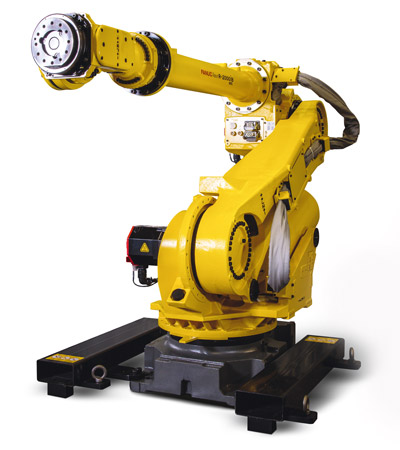
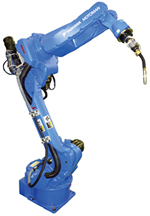
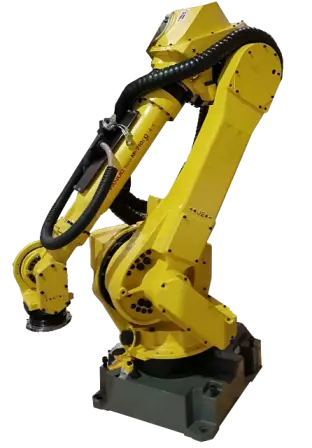
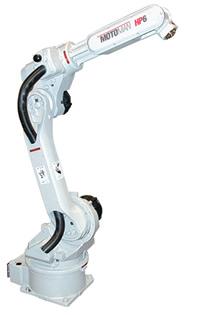
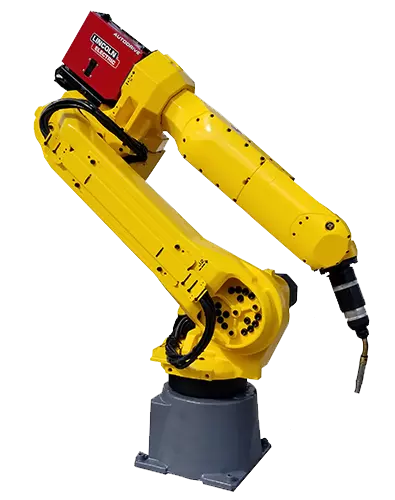
Robotic automation involves programming industrial robots to automatically perform production related tasks. The purpose of robotic automation is to reduce the amount of human interaction to be as minimal as possible. Along with other types of automation, the goal of robotic automation is to increase productivity and reduce costs. Automating with industrial robots proves to be more advantageous as it allows for manufacturing flexibility and improved product quality.
There are several components that go into implementing robotic automation. The first and most important is the industrial robot. There are several types of industrial robots that can be selected to automate a manufacturing process. The most common is an articulated robot, specifically the six-axis robot, for example the FANUC Arc Mate 120ic. Articulated robots feature a single robotic manipulator arm design that is connected to a rotating base. They can vary based upon their reach, payload capacity, size, and application capabilities. Six-axis articulated robots are the most common for robotic automation since they have a range of motion that is similar to a human’s, making them ideal for most applications. There are also four and five axis articulated robots, although they are not as common as the six-axis since they have fewer degrees of freedom.
Other types of robots used for robotic automation include SCARA, delta, cartesian, and collaborative robots. Delta robots are designed for extremely light, high-speed tasks. While cartesian robots feature a track system for an expanded work envelope. Collaborative robots are unique since they can operate alongside or directly assist workers without any barriers due to their special safety features.
Regardless of the type of robot, an end-effector will need to be integrated to the robot. The end-effector is the device that is attached to the robot wrist and is responsible for interacting directly with the workpieces. End-effectors are categorized as either grippers or tooling and the type selected will depend on the application. Other peripheral equipment needed will also depend upon the manufacturing process being automated. Safety equipment, welding power supply, wire feeder, and robotic vision systems are examples of peripheral equipment used for robotic automation. Robots may be stand-alone along a production line or integrated into a robotic workcell.
The entire robotic automation system will be programmed and controlled by the robotic controller. All industrial robots need a control system in order to operate. Programming is inputted through the controller’s teach pendant by a robot operator. Programming is one of the few aspects of robotic automation that requires human interaction. Once the program has been entered, the controller interprets the program into instructions for the robot to follow while operating. The controller is responsible for articulating the robot’s arm movements and EOAT, ensuring accurate operation. A good amount of used FANUC robots for sale include end of arm tooling from previous automation projects.
Robotic automation is ideal for repetitive and precise production related tasks. It can be used to automate both large and small batch manufacturing as well as both low and high product volumes, although high volumes are ideal. The automotive industry is one of the largest users, especially for automated welding, robotic material handling, and painting applications. The FANUC R-2000ib is used by automotive manufacturers to weld car frames. In the electronics industry the FANUC LR Mate 200ic is used to assemble devices. Other common applications for robotic automation include material removal, machine tending, automated palletizing, and packaging.